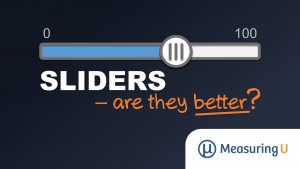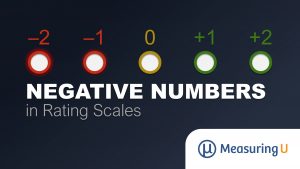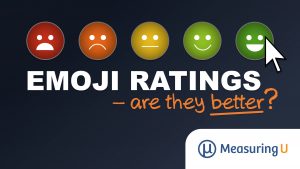
From Soared to Plummeted: Can We Quantify Change Verbs?
Cases spike, home prices surge, and stock prices tank: we read headlines like these daily. But what is a spike and how much is a surge? When does something crater versus tank or just fall? Headlines are meant to grab our attention. They often communicate the dramatic story the author wants to tell rather than








